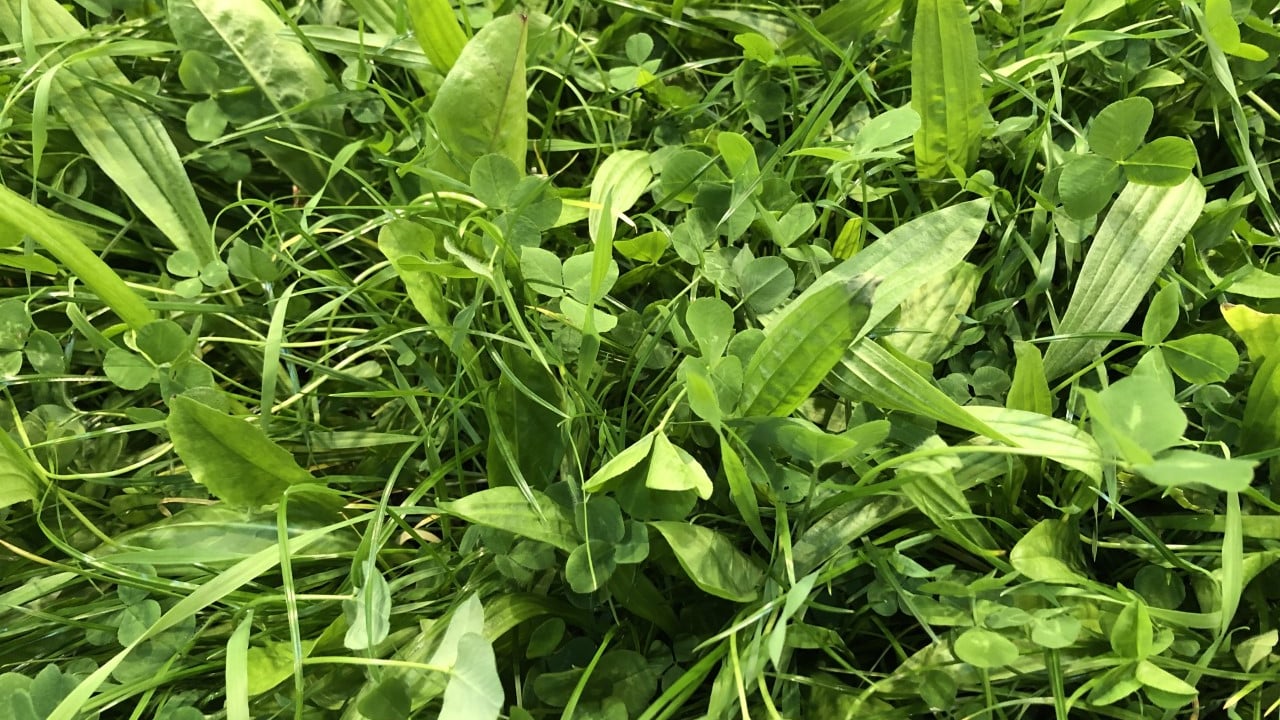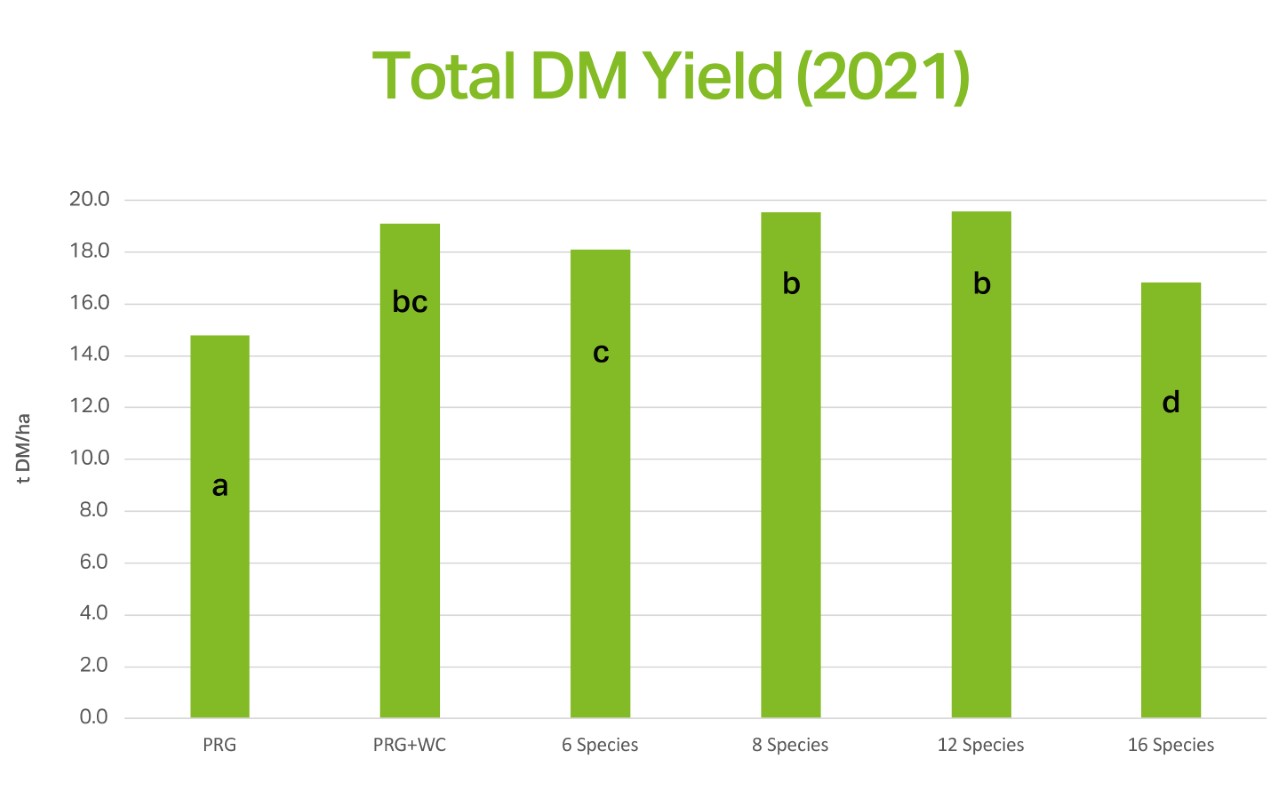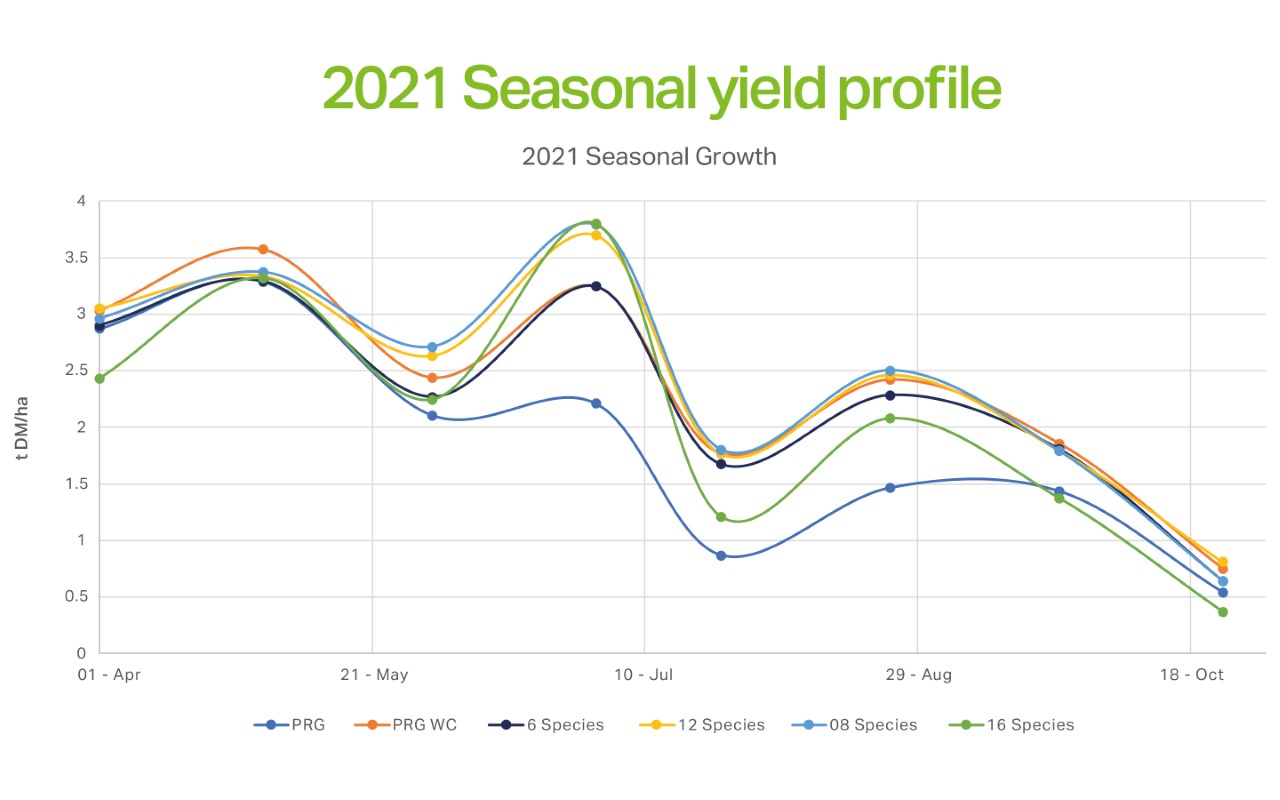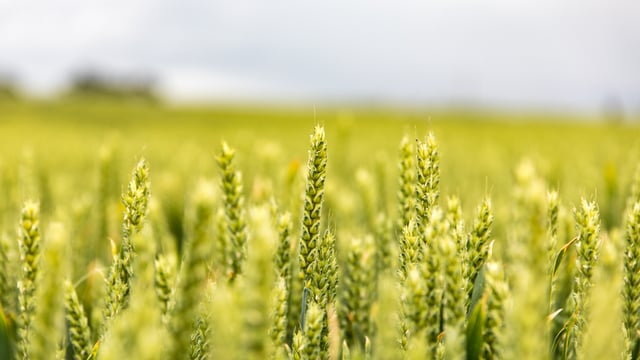Sponsored Article

Sponsored Article
Spring-sowing yields best results for multi-species swards
Sponsored Article

Germinal’s latest trials on multi-species found spring-sowing yielded the best results and different mixtures impacted sward performance.
Germinal’s innovative team of top plant scientists, Germinal Horizon, is always looking ahead to the next challenge facing Irish farmers.
It operates multiple research centres as part of its commitment to drive forward innovation within the industry, focused on productive, profitable and climate-smart forage solutions.
Known to offer multiple benefits from soil health to animal performance, researchers are testing the effects of multi-species mixtures on sward performance at the Germinal Horizon Wiltshire research farm.
They compared the performance of six different mixes, ranging from pure perennial ryegrass to a 16-species mixture. Over a two-year period, they reviewed yield, dry matter (DM), metabolic energy (ME), protein and overall seasonal performance.
“The benefits of a multi-species sward are well known,” explained Dr. Mary McEvoy, Germinal’s technical development manager.
“It improves plant diversity, can increase biomass and carbon capture, fix nitrogen, help with drought tolerance, and improve productivity and yields.
"There is a prevailing attitude of ‘just give it a go and see’ with multi-species. At Germinal Horizon we are deliberately applying science to answer these questions and give farmers confidence when they adopt multi-species swards," Dr. McEvoy continued.
“We’re particularly interested in the results of the six-species mix, as it is very similar to the mix recommended by the Department of Agriculture, Food and the Marine as part of their multi-species sward measure."
Source: Germinal Horizon
All the mixtures trialled produced a good DM yield. The perennial ryegrass mixture had the lowest yield of 14.8t DM/ha, compared to the multi-species mixes all producing around 19t DM/ha.
Dr. McEvoy explained: “We can see yield drop off for the 16-species mix. If you want high-performance grazing, you can see the other mixes perform better. However, if you are concentrating on biodiversity – the 16-species mix may have a role.”
Source: Germinal Horizon
It’s a similar story for seasonal performance of the mixes. The perennial ryegrass mix was initially strong but didn’t really recover, just like the 16-species mix, which finished the year with the lowest performance levels.
However, the white clover and perennial ryegrass mix, and the six-species mix, delivered a better supply curve with the most consistent performance.
“Our trials found spring establishment is clearly better for multi-species – it benefits the herbs and legumes significantly. We also found herbs and legumes increased yield stability mid-season,” said Dr. McEvoy.
“As expected, a strong legume component is critical for nitrogen fixation, and our research showed legume content to increase over time.
“If you’re going to take the plunge with multi-species swards, this spring couldn’t be a better time,” Dr. McEvoy added.
These results come hot on the tail of the government’s launch of their Multi Species Sward Measure. This encourages farmers to sow multi-species swards through help buying the sward seed mixtures.
Top tips for establishing a multi-species sward:
For more information, watch this webinar: ‘Are multi-species swards right for your farm?’
Or click here for a complete growing guide.
Sponsored Article








